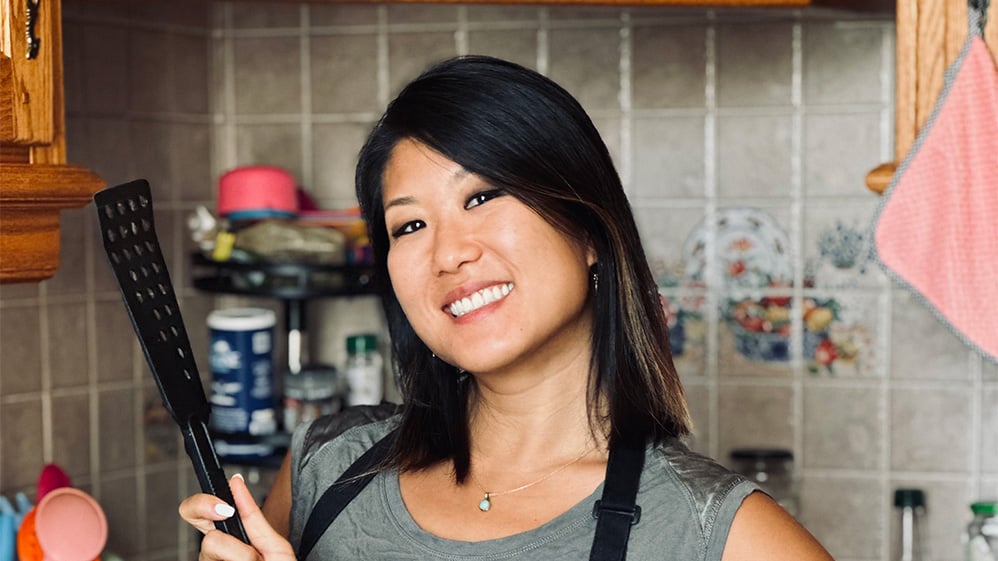A common question that crosses the mind of every weight loss junkie and fitness enthusiast is how do Asians take rice, literally, with every other meal yet they stay slim and active?
It is true that the Asian diet has always been considered a nutrient-rich well-balanced diet among other kinds. Let’s explore why the Asian diet is considered among the top ten best diets for healthy eating. And how do Asians stay lean despite consuming rice as part of their regular meal?
Despite their differences, the Asian diet primarily comprises all the essential nutrients that a human being needs. Being rich in fiber, vitamins, and minerals, and low in unhealthy (saturated) and total fats, Asian diet meals essentially fulfill all the basic dietary requirements of a healthy body. Such an amazing combination of micro and macronutrients found in the traditional Asian diet works to prevent the development of many diseases, as suggested by health professionals.
What makes the Asian diet special?
Getting in further to know about the famous Asian Diet Pyramid, it is densely filled with vegetables and fruits, rice, bread and noodles while lesser with dairy and meat. This simple fact demonstrates its significance in protects against many health problems, such as heart disease and cancer. In Asian diet meals, fresh vegetables and fruits are consumed in large quantities on a daily basis. The common ones are cabbage, dark leafy vegetables, broccoli, bean sprouts, bananas, mangoes, citrus fruits, watermelon, grapes, and apples. Their variety is altered frequently so that flavor and micronutrient intake can be improved. Likewise, rice, rice products, pasta, whole wheat bread, corn, and other grains are an essential part of daily meals. Rice, white and brown, serve to spike the supply of complex carbs and proteins. The traditional condiments used in cooking meals have their own health significance. Meals are usually prepared in vegetable oils which are high in unsaturated fats (the healthy fats).
Furthermore, nuts and legumes are consumed as the major source of proteins in Asian diets. In addition to replenishing iron and other minerals’ deficiency, they also provide fiber, vitamins, and antioxidants. Being richly packed with healthy fats, they strengthen organ systems and promote healthy functioning. (Also Read: The Secret Behind Hong Kong’s Healthy Diet and Lifestyle)
How does a rice-rich Asian diet not make a person fat?
Consumption of healthy fats
The consumption of healthy fats from seafood, nuts, legumes rather than margarine, saturated fats, bland sauces, and dairy products largely contributes to minimum weight gain and keeping one healthy. For cooking, vegetable oils are mainly used such as canola and olive oil.
Less dairy and meat
Dairy foods such as milk, butter, and cheese are not commonly taken on a regular basis. Or they are consumed as either low fat or fat-free and in moderate amounts. Meat is consumed less frequently and in smaller servings.
Active lifestyle
Physical activity and strenuous exercises are among the most important factors that improve metabolism and sheds extra fats. Apart from burning calories, exercise also helps in maintaining and increasing lean body mass which further increase the calorie burn. A healthy lifestyle is about more than just diet meals so daily exercise is practiced as a regular part of one’s routine.
Organic components of the Asian diet
One of the major reasons is the large consumption of vegetables and fruits that is normally part of fitness diet plans. Since they are full of water and fiber content, they improve satiety level and prevent one from overconsumption or simply consumption of other foods.
Smart diet meal planning
The breakfast is kept loaded with calorie-rich assorted foods so that one can be charged with sufficient fuel to perform the activities of the day. The lunch and dinner go in descending order of calories so that minimum calories can be consumed as the day descends. It is due to the fact that fewer activities are performed in the latter part of the day and higher calorie consumption coupled with lower burning is more likely to increase body weight in the long run. Food is usually eaten in smaller bowls to ensure the consumption of small portions. Besides, mindful eating and taking gut signals into consideration for reading saturation level are also important in staying fit and lean.
Healthy snacking
Mostly, fresh or frozen fruits and vegetables, and unsalted nuts and seeds are consumed as snacks rather than processed or fried food. This smaller act contributes to maintaining a healthy weight and prevents extra layers of fats to deposit in the body.
Closing notes
A well-balanced diet is an essential part of maintaining a healthy lifestyle. The above mentioned is a general description of the traditional Asian diet that focuses on keeping a proper balance of healthy foods in diet meals. By incorporating healthy components in daily diet meals, adopting healthy practices, and maintaining an active lifestyle, one can stay slim and smart even rice is consumed as a daily meal portion.


